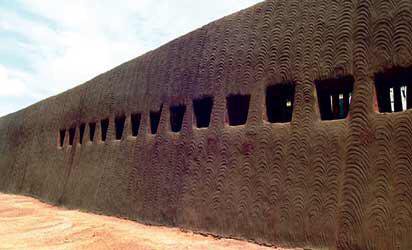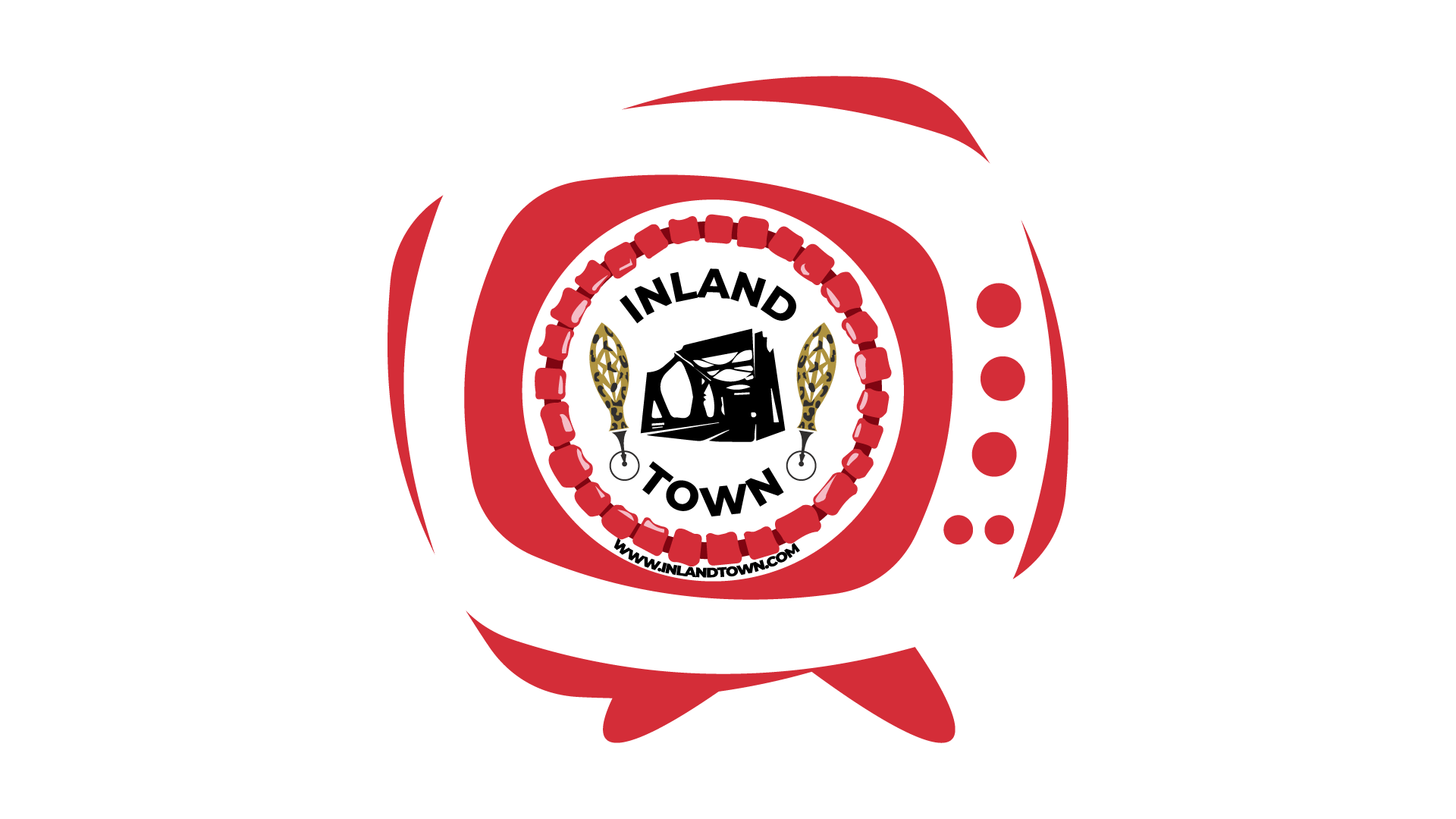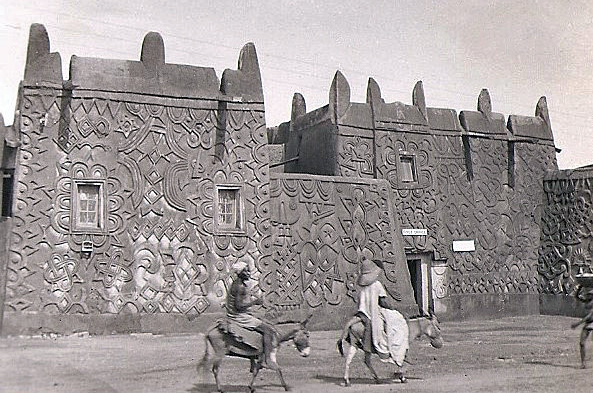The Ancient Kano City Walls, also known as Kofar Na’isa in Hausa, were a remarkable system of defensive walls constructed to protect the inhabitants of the ancient city of Kano in northern Nigeria from external attacks and slave raiders.
According to historians, the foundation of the wall was laid by Sarki Gijimasu, the third king of the Kingdom of Kano, between 1095 and 1134 while it was completed by three rulers, Ginjimasu, Muhammad Rumfa, and Muhammad Nazaki in the mid-14th century.

Over time, the walls were expanded and improved by subsequent kings and leaders, and they eventually came to encircle the entire city of Kano, spanning a length of approximately 14 kilometers.
However, historians noted that it was one of the most impressive monuments in West Africa. In fact, according to a report by General-Governor Fredrick Lugard of the Colony and Protectorate of Nigeria in 1903, the Kano Walls were unlike anything he had ever seen in Africa.
The Ancient Kano City Walls are made up of several components, including Dala Hill where it was founded, Kurmi Market, and the Emir’s Palace.
Originally, the walls were estimated to be between 30 and 50 feet high and about 40 feet thick at the base, with 15 gates providing access in and out of the city including Kofar Nasarawa, Sabuwar Kofa, Kofar Dan Agundi, Kofar Naisa, Kofar Gadankaya, Kofar Fomfa, Kofar Dukawiya, Kofar Kabuga, Kofar Kansakali, Kofar Waika, Kofar Ruwa, Kofar Dawanau, Kofar Wambai, Kofar Mazuga, and Kofar Mata, which all have a gatekeeper known as Sarkin Kofar assigned to each gate,
In 2007, UNESCO recognized the Ancient Kano City Walls as a World Heritage site even though some parts of the walls are currently in a state of dilapidation due to a lack of proper maintenance. The collapsed sites have however been converted to home and business centres while others are used as dumping grounds.
The Kano City Walls are seen as a historical and cultural heritage of the people of Kano hence when people think of Kano, they think of the ancient walls.


